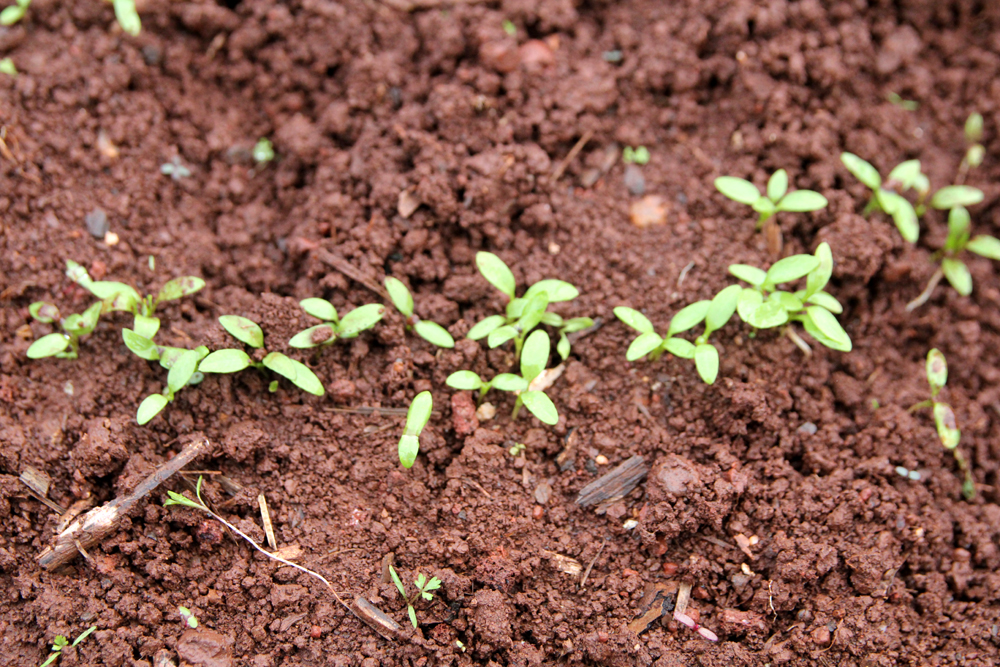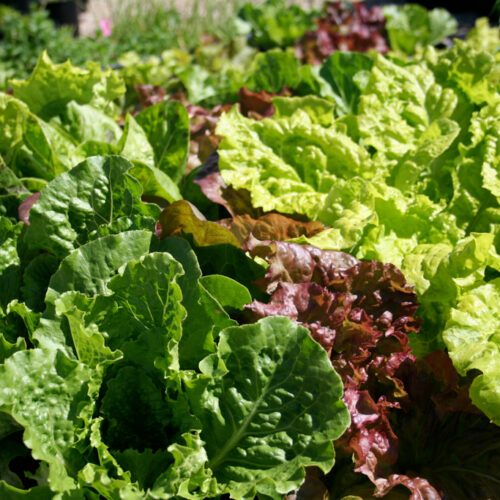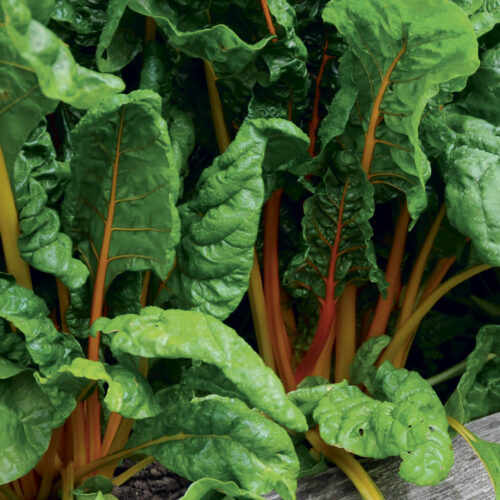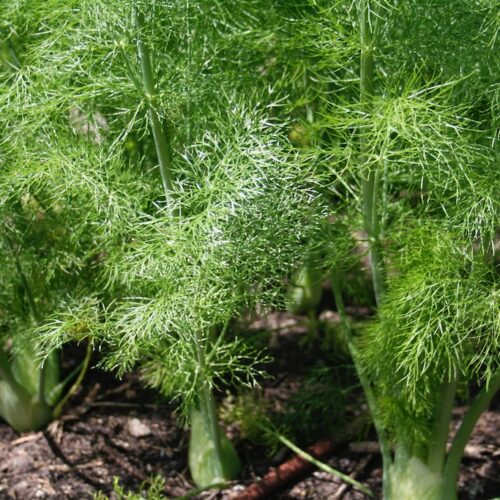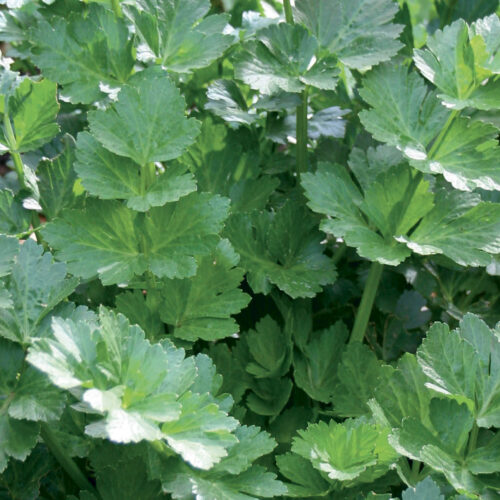Parsnip Secrets
2012-05-02T00:22:49+10:00
Parsnips have a well earned reputaion for being hard to grow. JUSTIN RUSSELL shares his tips for producing a bumper crop oof long white roots.
I’m really pleased with the germination of my parsnips. They have a reputation for being trickier than a politician in an election campaign, but I’ve managed to get two decent rows of seedlings growing and can’t wait until the long white roots are ready to harvest in a few month’s time.
There are five keys to growing parsnips. The first is relatively poor, loose soil. Like carrots, parsnips have a tendency to go a bit haywire if they’re growing in soil that’s too fertile or too compacted. To get conditions just right, I plant them after brassicas or another hungry crop has taken up most of the nutrients in the soil, and I fork the soil over thoroughly. I never add fertiliser before sowing parsnips.
The second key is to sow very fresh seed. If it’s more than a year old, forget about it. The closer to freshly harvested the better, so avoid packets of parsnip seed sitting on supermarket shelves and get the freshest seed possible from a good mail order supplier or local seed saver. I managed to get one month old seed from a local veg grower, and the germination rate has been excellent. Don’t even bother trying to sow into punnets as parsnips hate being transplanted.
Third, keep the seed bed evenly moist until germination occurs. Parsnips are notoriously slow to germinate. Sown into warm soil at the tail end of summer, they can take as little as a week, but as the weather cools, germination might take as long as three, or even four weeks. The trick is keep the moisture consistent for the entire time, so I like to cover the seedbed with shadecloth until the first set of seed leaves appear. Patience is a virtue when growing parsnips!
Fourth, control weeds and keep the moisture as a consistent as possible during the growing process. If there are rapid fluctuations between dry and wet, the roots have a tendency to split lengthways, allowing rot to enter and ruin the crop. Weeds are easily controlled by hand weeding until the seedlings are growing strongly, then applying a layer of mulch.
The final thing you need to consider is when, and where to plant. Parsnips love a good frost, and therefore do best in cold temperate areas, where seed can be sown any time from September to March. In subtropical and warm temperate climates, the plants are best grown through winter – sow in late summer to late autumn. In other words, it’s last call for parsnip sowing until spring, so get a crop in now and reap the rewards in the form of deliciously sweet, roasted spring roots.

